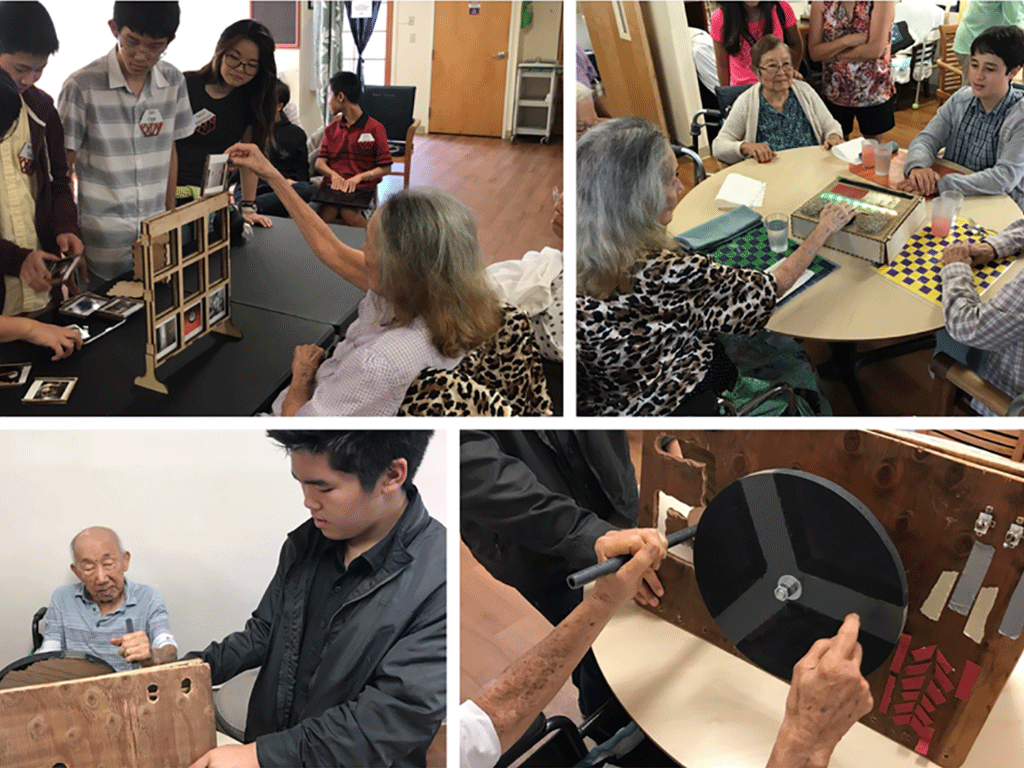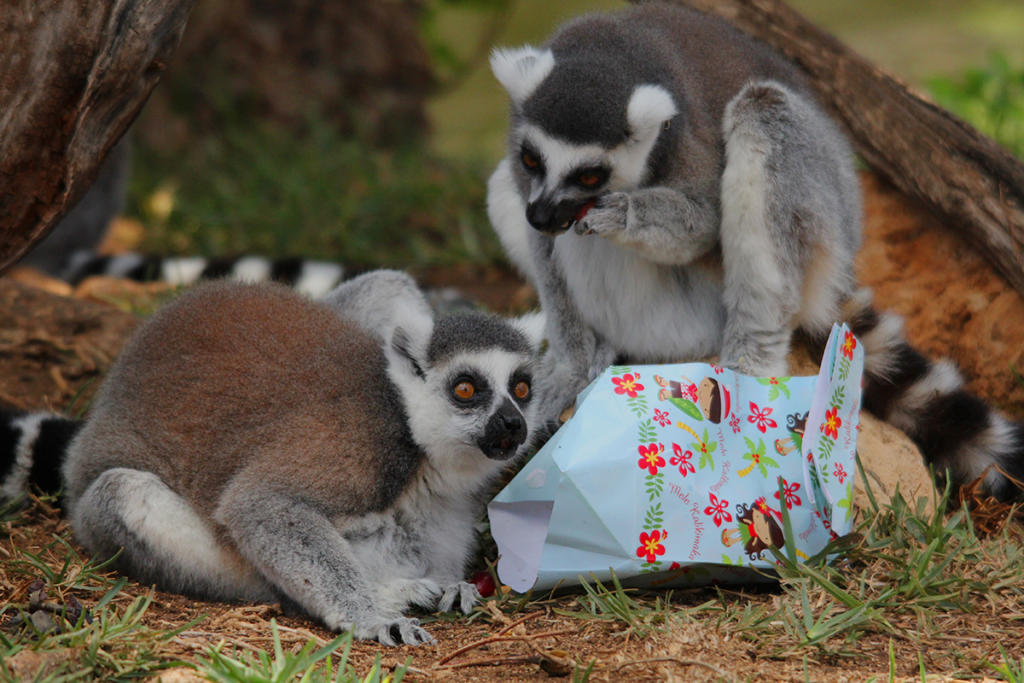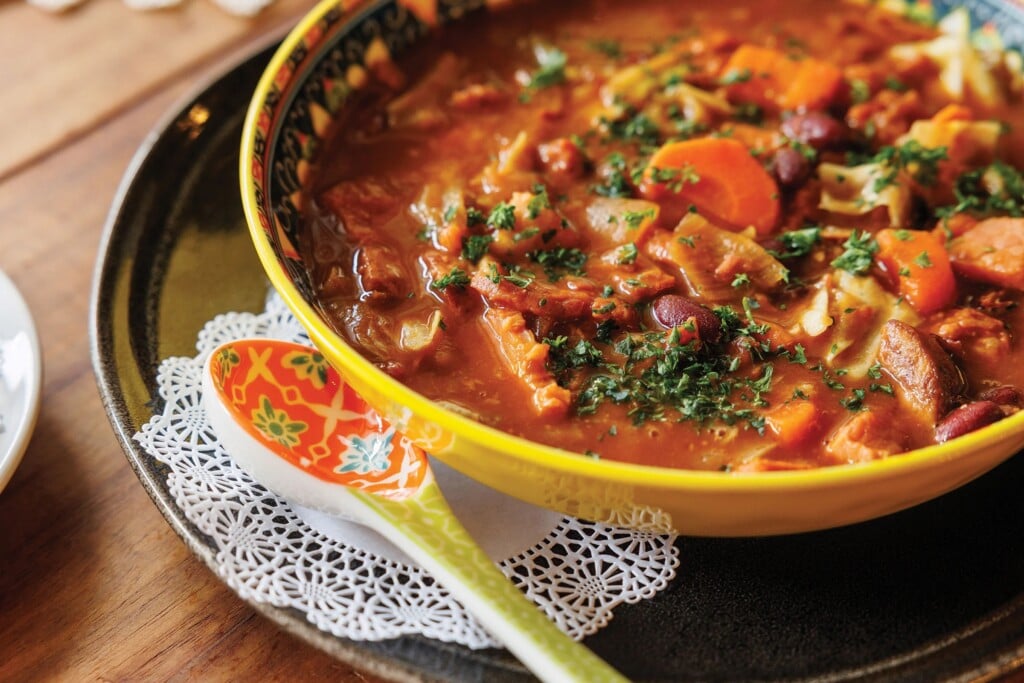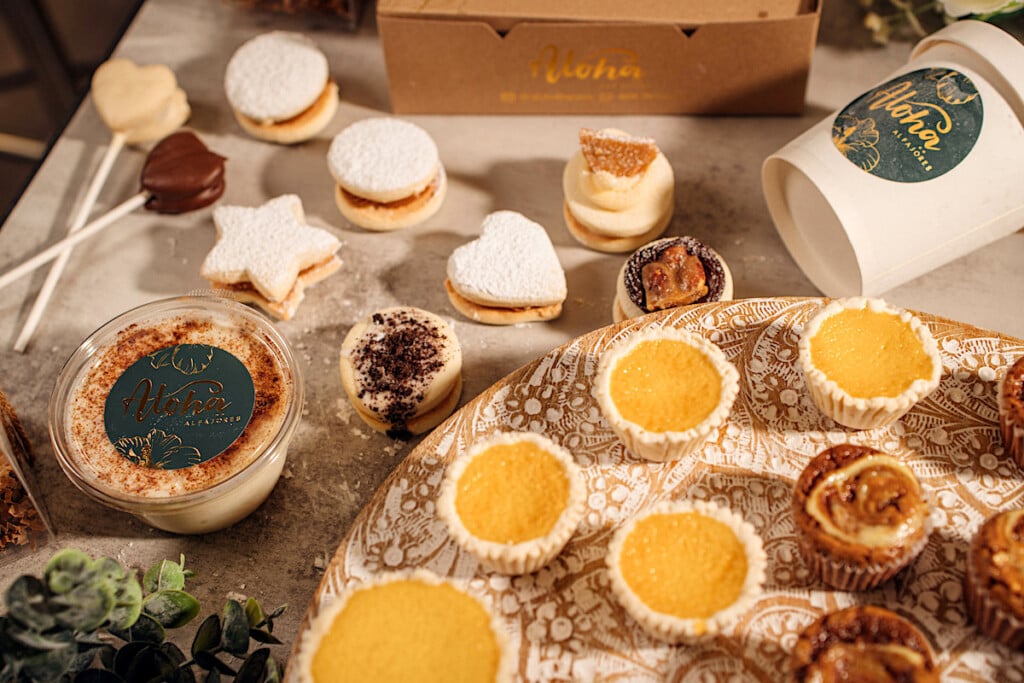Education Cheat Sheet: Making With a Community Purpose
How can we add inspiration to students tinkering? Take them beyond the classroom to introduce kids to people they can help with their work.

Photo: Courtesy of ‘Iolani School
Editorʻs Note: You may have heard about the Maker Movement, where students are encouraged to tinker, create and imagine items, products and solutions. There is a key component to this learning that can give it more meaning—a community component. Michael Fricano II shares how ‘Iolani School establishes partnerships which benefit both the students and others outside the school campus.
In short, we’ll learn:
- How kids can use creations to inspire others.
- Why no one should be afraid to F.A.I.L.
- Three ways you can instill eight positive traits of makers at home.
Jace always loved automobile mechanics. He learned his passion from his father and turned it into a class project. Jace created a sensory board that mimicked the driver’s seat of a car with a stick shift, wheel, and switches. It was hard work, but all the research, deadlines and visits paid off when he gave it to a care home resident, taught her how to use it and watched her face light up with delight. He brought a little bit of joy and excitement to one woman, a former professor.
Jace’s board was part of a community service project in partnership with Mānoa Cottage, a care home specializing in dementia and Alzheimer’s disease. Mānoa Cottage is just down the street from ‘Iolani School and for the past two years, the school’s Make It 101 high school class has worked to help improve the lives of its residents.
This is the reason why community partnerships are one of the most important aspects of the Maker Movement. Students in Make It 101 and other classes that are taught in ‘Iolani School’s iLab focus on connecting students to real-world clients and community partners that are seeking help with a problem or a design challenge.
The Maker Movement has become a hot topic over the past couple of years and many schools are adopting the idea in the form of makerspaces. In my Make It 101 class I teach with a constructivist approach to learning which is the belief that learners are the makers of meaning and knowledge. I strive to provide my students with opportunities that allow them to be actively involved from design to creation. I also encourage and expect my students to F.A.I.L—make Frequent Attempts in Learning—throughout the process. Author and motivational speaker Robert Schuller said, “Failure doesn’t mean you’re a failure, it just means you haven’t succeeded yet.” My students are encouraged to pause and reflect, attempt to understand what happened, and come up with a way to move past it and succeed.
When our students are connected with real-world clients and their ideas are given a purpose that stretches beyond themselves and their classroom, the quality of the outcome grows exponentially and often surprises the students themselves. They can believe that their ideas matter and that they are capable of making a difference and enacting change in the world.
Parent Homework:
- Consider how you can instill the qualities of a maker in your children at home: curiosity, playfulness, willingness to take risks, responsibility, persistence, resourcefulness, an interest in sharing, and an optimism that they can make a difference.
- Never let children believe they aren’t capable. If your child says, “I can’t do it,” instead of simply responding, “Yes, you can,” help them through the steps to get the task done. If we can encourage our kids to see that anything is possible, then they’ll begin believing that they can make it happen.
- Follow your child’s interests. If your child loves to be with you in the kitchen, teach them how to cook. If they are fascinated by a sewing machine, show them how to sew. If they like playing in the sand, help them build a sand castle. We were all makers as children. Some of us unfortunately lose that spirit and some of us hold on it. Help your children to hold on to it. Their lives will be the better for it.
Michael Fricano II is a Technology Integration Specialist at ‘Iolani School and teaches Make It 101, a high school course taught in the iLab of the Sullivan Center for Innovation and Leadership at ‘Iolani School.








